Context: Parliamentary Standing Committee on Agriculture, Animal Husbandry and Food Processing questions Union Governments data on cattle affected and died due to Lumpy Disease.
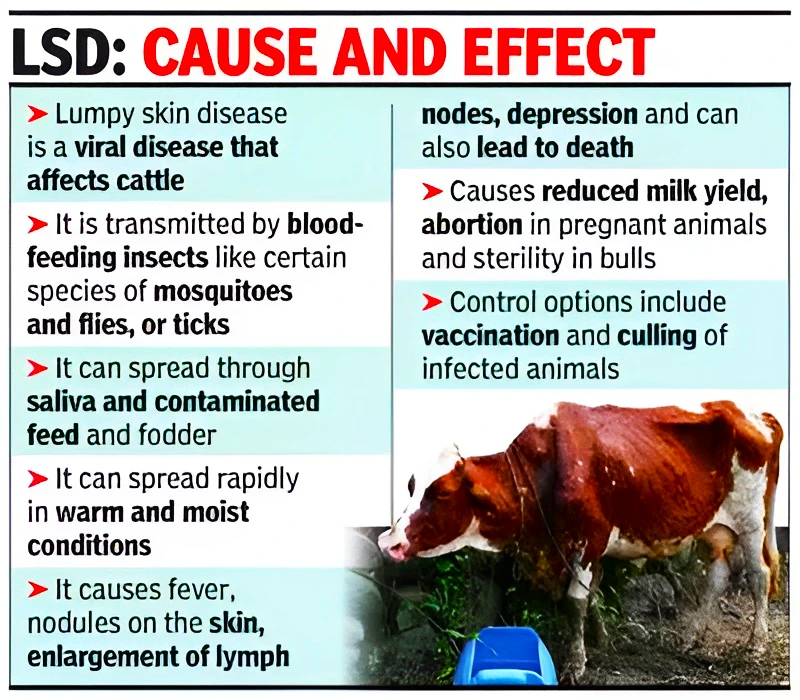 Vaccine for Lumpy Disease: The panel desired for obtaining speedy regulatory approvals for commercial production of ‘Lumpi-ProVacInd’ vaccine.
Vaccine for Lumpy Disease: The panel desired for obtaining speedy regulatory approvals for commercial production of ‘Lumpi-ProVacInd’ vaccine.Continue Reading: Lumpy Skin Disease
News Source: The Hindu
Context: Recently, Volkswagen brought back physical buttons after complaints about its touchscreen.
Invention Journey
|
|---|
Also Read: On Smartphone Manufacturing In India
News Source: The Hindu
Context: In its first winter arctic expedition to the Svalbard region of the Arctic, Raman Research Institute, Bangalore to represent India.
The National Centre for Polar and Ocean Research (NCPOR)
|
|---|
Shaped Antenna measurement of the background Radio Spectrum (SARAS) telescope
|
|---|
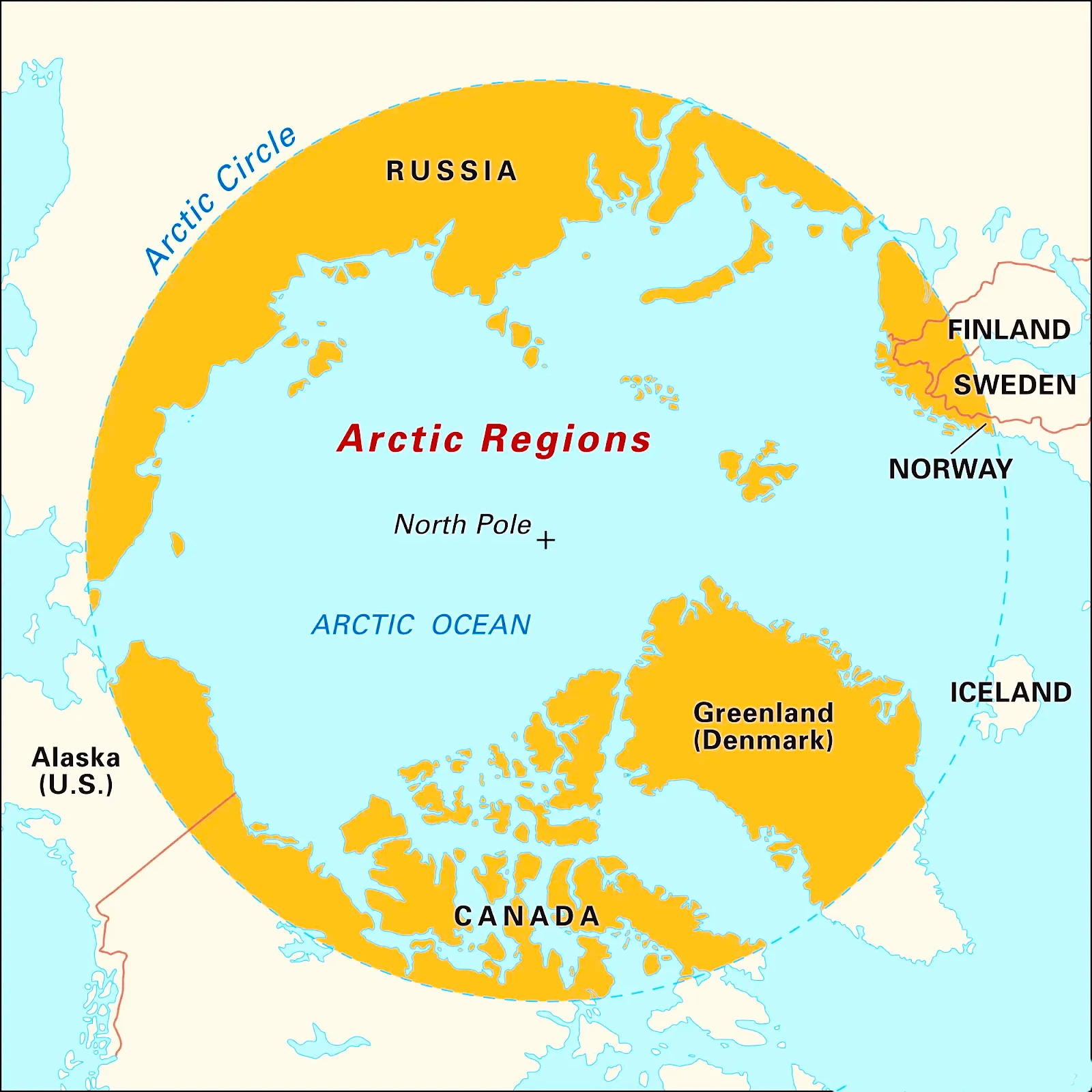
Must Read: Changes in the Arctic Region: How India Can Help Save the Arctic Region
News source: The Hindu
Context: Recently, the Reserve Bank of India (RBI) introduced regulations to prevent banks and non-banking financial companies (NBFCs), utilizing alternate investment funds (AIFs) route to ‘evergreen’ their loans.
What is the Distribution Waterfall Model or Priority Distribution Model
|
|---|
About Evergreening of loans
To Read More about Evergreening of loans, here. |
|---|
About Alternate Investment Funds (AIFs)
To Read More about Alternate Investment Funds(AIF) |
|---|
News source: Indian Express
Context: Recently, a new study has been published by the Lancet Global Health which mentions that in India one in five girls and nearly one in six boys are still married below the legal age of marriage (18 years for girls and 21 years for boys).
About Child Marriage
|
|---|
The Sustainable Development Goal (SDG) Target To End Child Marriage
|
|---|
News Source: The Indian Express
Also Read: Age Of Consent Under The POCSO Act
Context: Eight-time BJP MLA and former Minister Kalicharan Saraf took oath as the protem Speaker of Rajasthan Legislative Assembly.
About Child Marriage
|
|---|
ALSO READ: STATE LEGISLATURE – ARTICLE 168-212 (PART VI-STATE)
News Source: The Hindu
Context: Goa Liberation Day is observed on 19 December every year. The year 2023 marks the 62nd anniversary of liberation of Goa.
Significance: The liberation of Goa marked the departure of the last colonial power from India. The Union of India was completed with Goa’s liberation on December 19, 1961.
Continue Reading: Goa Liberation Day 2023
News Source: PIB
Context: World Bank reported that India saw the highest amount of remittance flows in the world in 2023 at USD 125 billion.
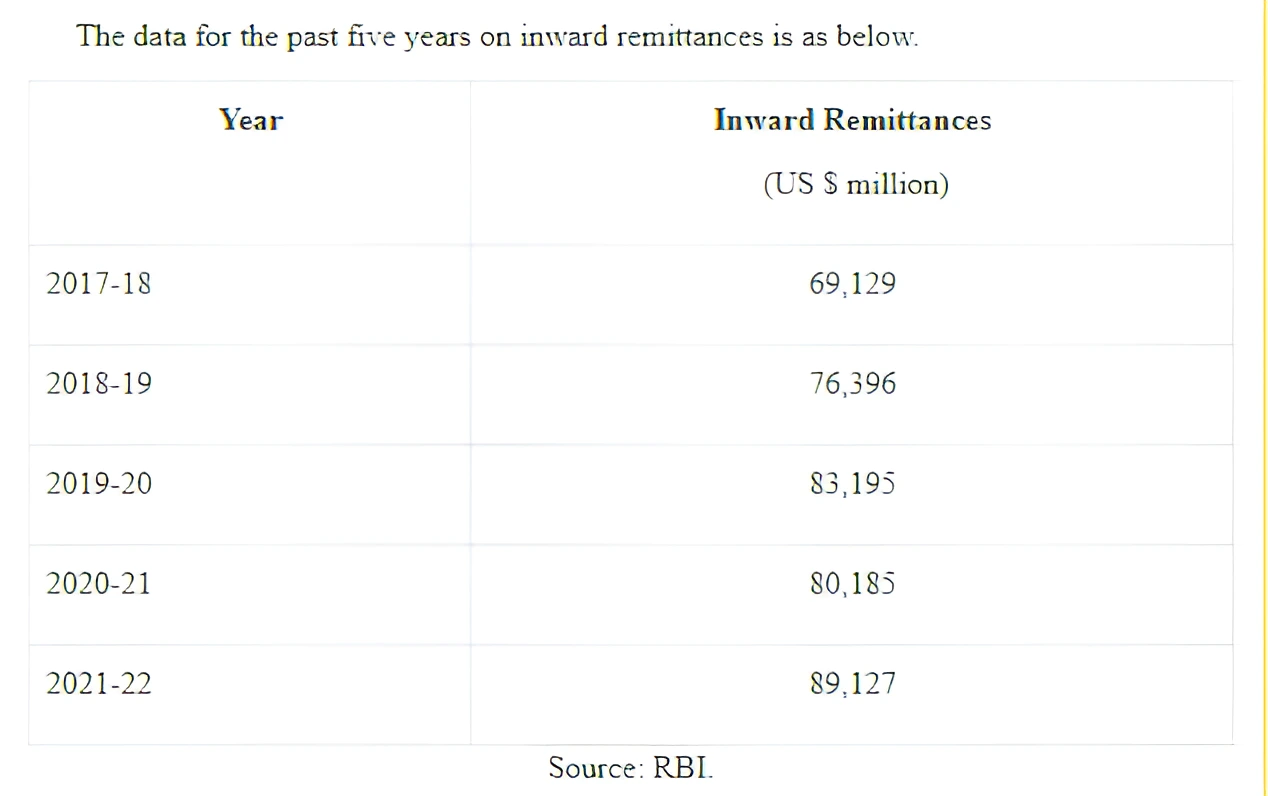
Source: Business Today
Context: In a recent report, the Public Accounts Committee (PAC) has reported on the failure of Government PSU Agricultural Insurance Company of India Ltd (AIC) to comply with the guidelines under National Agricultural Insurance Scheme (NAIS), which was scrapped in 2015-16.
Reinsurance
|
|---|
Read more on PARLIAMENTARY COMMITTEE
Source: Business Line
Context: A volcano in Southwest Iceland erupted after weeks of intense earthquake activity.
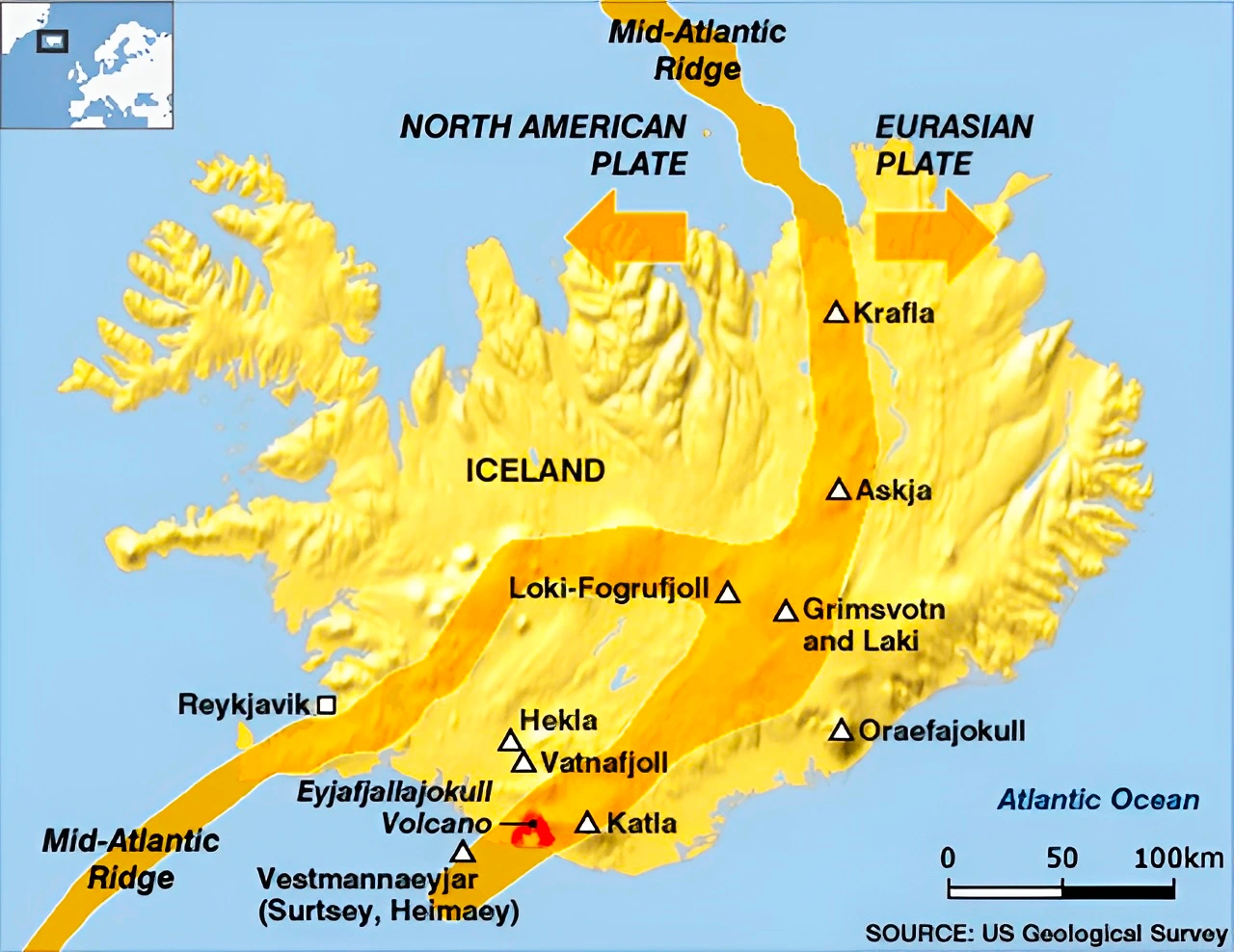
Continue Reading: Exploring Volcanoes: The Basics Of Volcanicity
Source: Livemint
Context: This article is based on the news “Modi and Netanyahu discuss Israel-Hamas conflict and maritime security” which was published in the Live Mint. Recently India and Israel discussed the escalating threats to maritime safety in the Red Sea region following the actions of Houthi militants of Yemen.
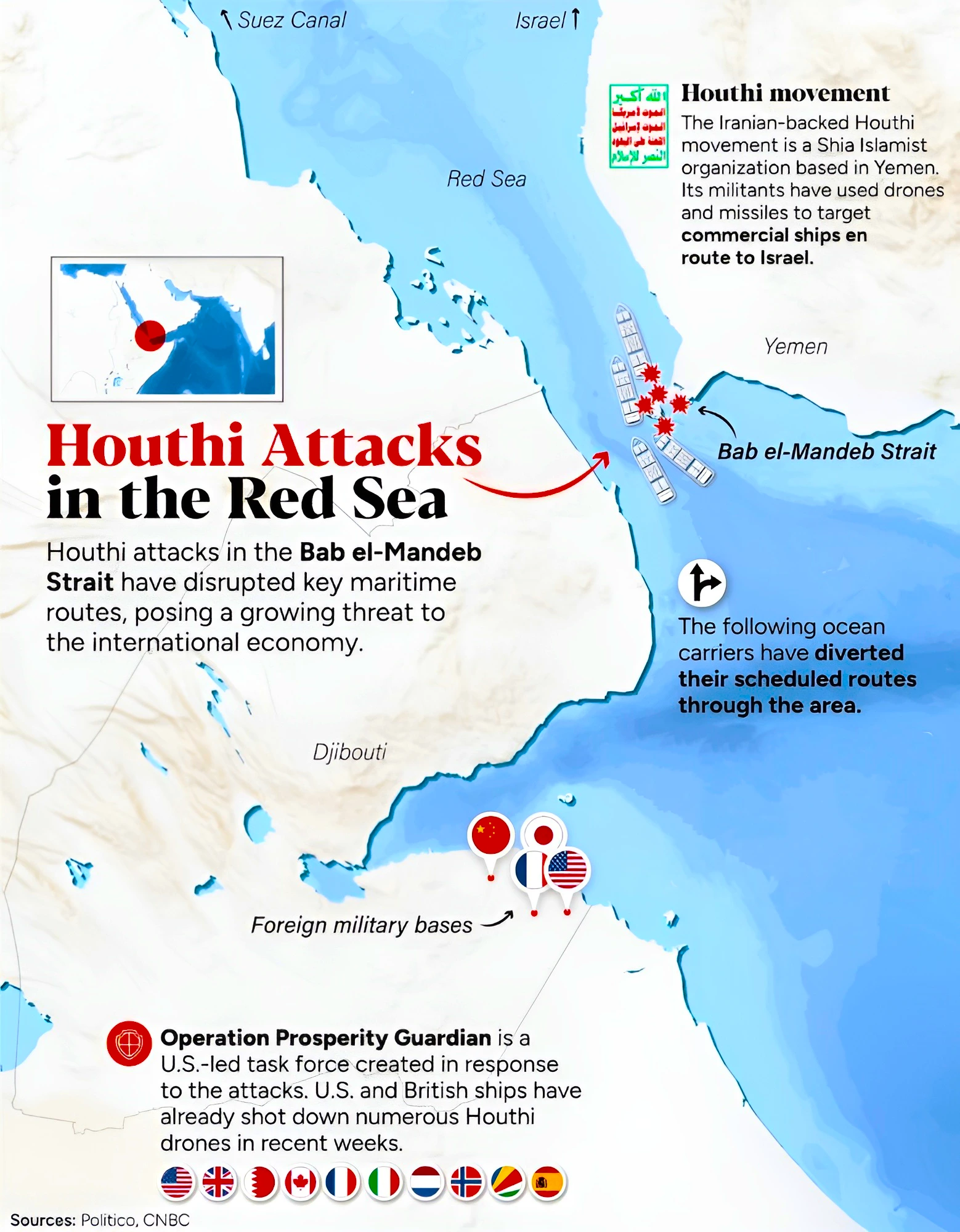
About Bab-el-Mandeb strait
|
|---|
Continue Reading: How Are Houthi Attacks On Ships In The Red Sea Affecting Global Economy?
Must Read: Safeguarding India’s Maritime Interests
Maritime Zones in India:
|
|---|
Information Fusion Centre-Indian Ocean Region (IFC-IOR)
|
|---|
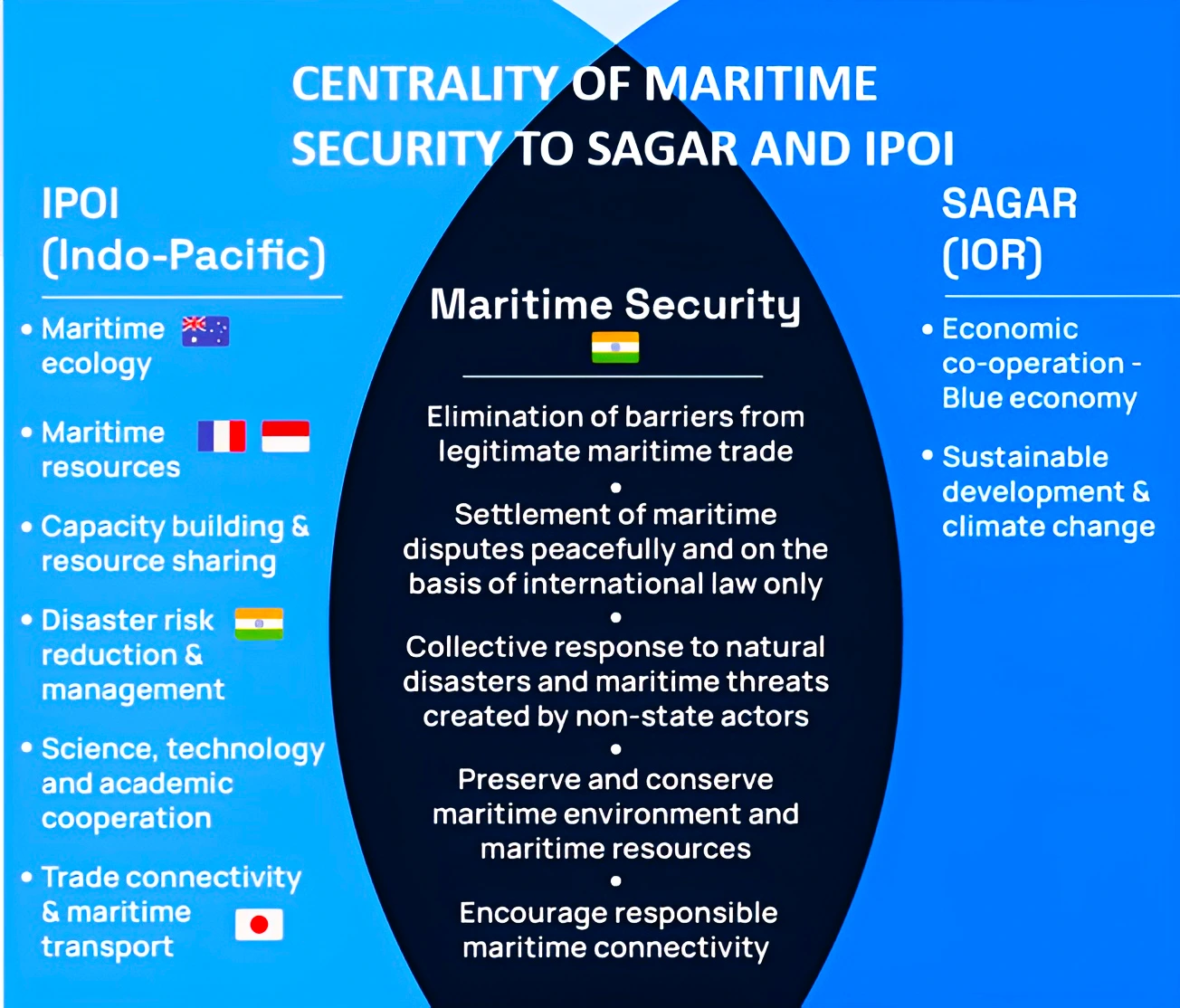
International Mechanism Governing the Maritime Sector
|
|---|
Addressing escalating threats to maritime safety is crucial for India and Israel, necessitating collaborative efforts, regional partnerships, and international mechanisms to ensure the security and stability of vital sea routes.
Context: This article is based on the news “Gyanvapi case: Allahabad HC orders speedy trial, says 1991 suit not barred by law” which was published in the Indian Express. Allahabad High Court discarded the petition filed by the Gyanvapi Mosque Committee and UP Central Sunni Waqf Board and permitted suit seeking the temple’s restoration at the Mosque site.
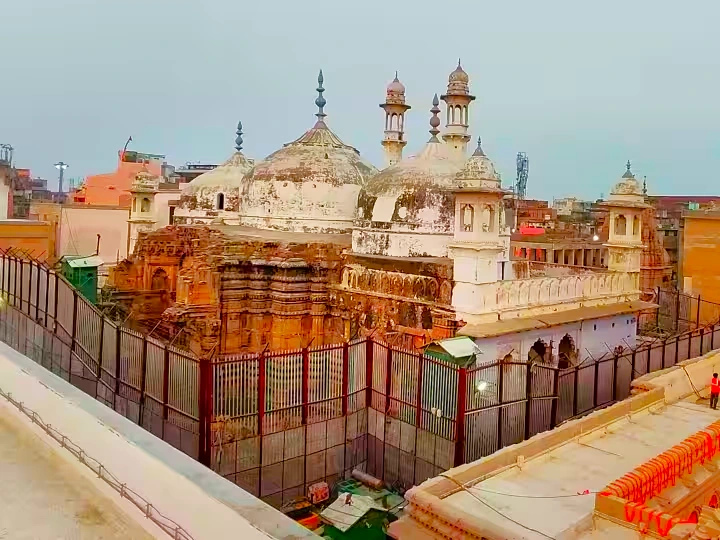
Must Read: Indefinite State Control Of Hindu Temples Is Unjust
Places of Worship Act, 1991
|
|---|
Peaceful Coexistence can be a middle path which emphasizes the importance of peaceful coexistence between different religious communities and foster understanding, tolerance, and respect for diversity.
| Mains Question: Discuss the role of religious and spiritual institutions in fostering ethical values and promoting moral development. (10 marks, 150 words) |
|---|
Must Read: Parliamentary Panel Report on Archaeological Survey of India
SC Verdict on Newsclick Shows Adherence to Due Pro...
Stay Invested: On Chabahar and India-Iran Relation...
Credit Rating Agencies, Impact on India’s De...
Catapulting Indian Biopharma Industry
Globalisation Under Threat, US Import Tariffs Have...
Global Report on Hypertension, Global Insights and...
<div class="new-fform">
</div>
